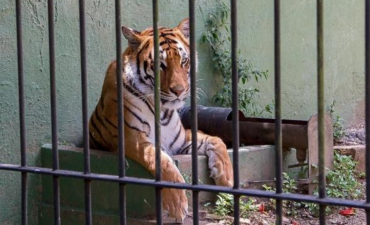Animals are often transported across the world for different reasons. In most cases, they are transported by their owners who are traveling as well. Animals are also transported locally between buildings or campuses in relation to research or teaching animals. Regardless of the distance, there are several rules in place for transporting animals. It is absolutely necessary to follow these rules to avoid exposing these animals to pathogens, injury, stress, temperature extremes, noises, odours, confrontations with other animals and so on.
Since animals are often transported for laboratory purposes, it is not surprising to see that there already exists a Guide for the Care & Use of Laboratory Animals. This guide specifically states that there should be a level of animal biosecurity while reducing zoonotic risks at the same time. In most cases, these risks include environmental extremes, overcrowding, and physical trauma and so on. Every method of transportation used for transporting animals needs to be in relation to the health and welfare of these animals. In order to avoid public areas, it is essential that animals are transported in timely and direct manner. It is a good idea to choose less congested routes and also avoid human patient areas. With the rise in different diseases cropping up as a result of exposure to different animals, it is necessary to ensure that animals are transported away from highly populated areas.
The enclosures that are used for transporting animals need to be carefully handled and secure enough to withstand shocks felt during the journey. According to experts in the industry, the enclosures need to be maintained carefully from falling or tipping over so as to avoid any distress to the animals being transported. While transporting amphibians and aquatic species, there are several special considerations that need to be followed. This includes making sure that the temperature extremes are avoided. Although caging animals is believed to have an insulating effect on animals, there can be adverse effects when they are exposed to extreme ambient temperatures.
Animals like cats, dogs, calves, non-human primates, sheep, pigs, goats, rabbits, hamsters, guinea pigs and other animals are covered by the Animal Welfare Act or the AWA. According to the guidelines put forward by the AWA, it is critical to comply with state and local laws while transporting these animals. They need to be transported in opaque or covered cages, containers or carriers. These cages can be made of materials which can be easily cleaned and also prevent the spread of microorganisms, radioactive materials or chemicals. The containers also need to be escape proof to avoid losing the animals unexpectedly during travel. Since animals are sometimes administered hazardous substances as a part of the research, it is essential that they do not have means to escape while being transported between buildings or even across the hallway.
The cages that are used for transporting animals need to have proper ventilation. It is also important to make sure that food and water are available within the carrier or the cage if the transportation will take more than four hours.






